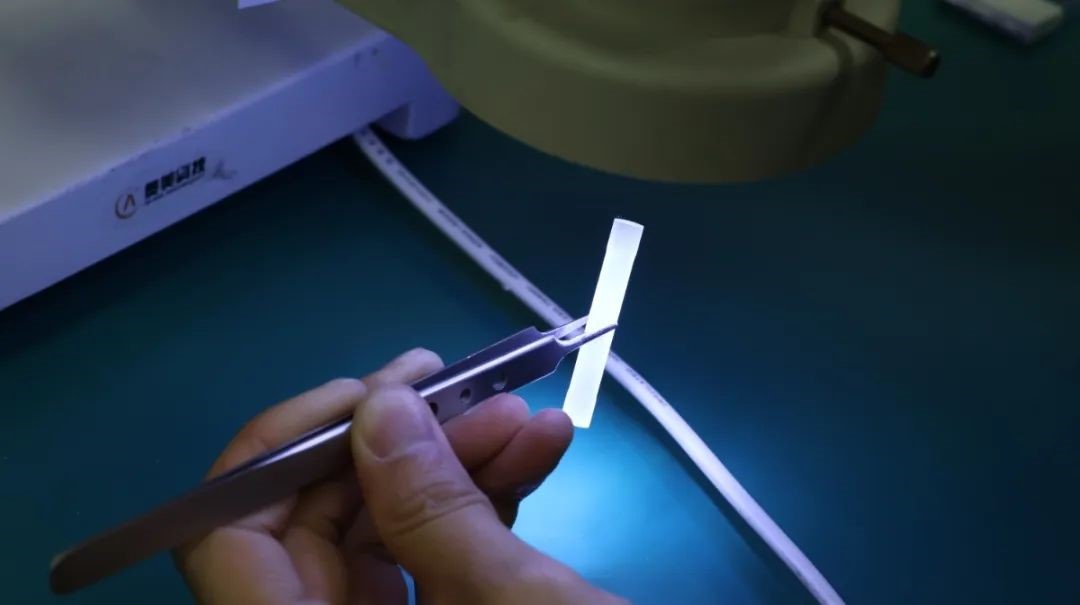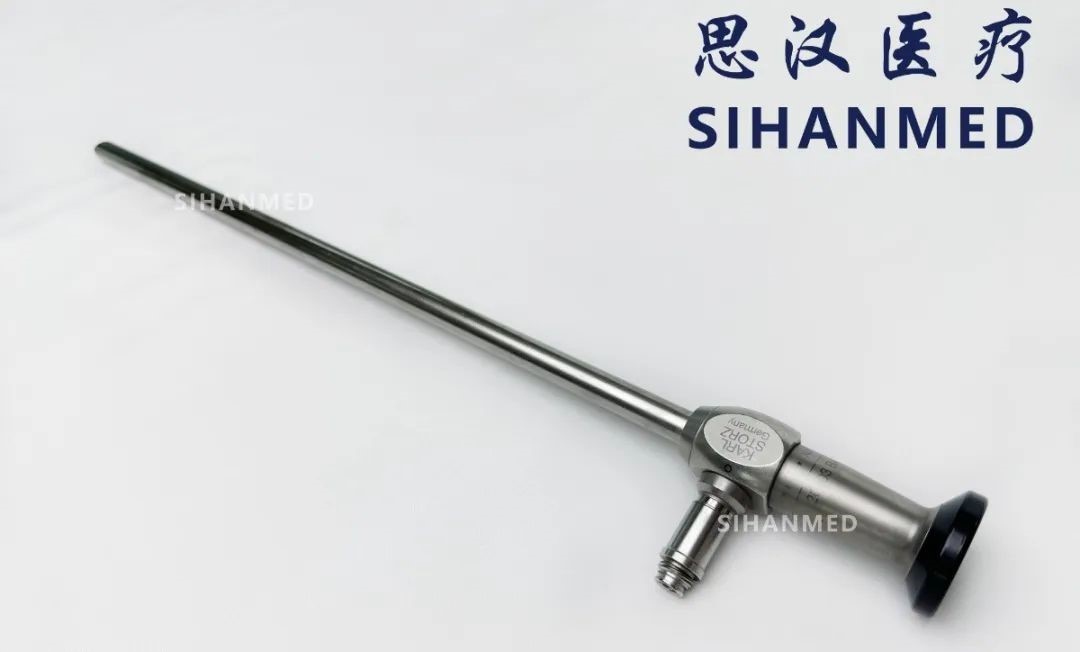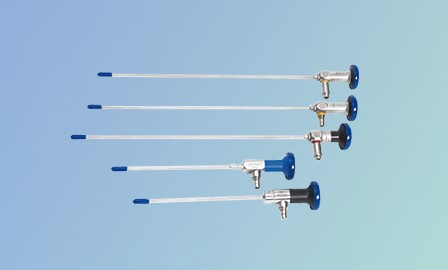Tel: +86-19906868508
E-mail: info@sihanmed.com
Tel: +86-19906868508
E-mail: info@sihanmed.com

In the modern medical field, the rigid endoscope is considered one of the most effective assistants for medical personnel to observe diseased tissues inside the human body. Combining convenience, intuitiveness, and efficiency, it has become an indispensable medical device. With its high-definition imaging and realistic color reproduction capabilities, the rigid endoscope can provide doctors with extremely precise details of pathological changes, making the micro-world inside the human body appear vivid. Meanwhile, its simple operational process significantly lowers the usage threshold, enabling doctors from various disciplines to quickly get the hang of it and use it proficiently. However, it is relatively delicate and easily damaged. Below are the methods for using, maintaining, and caring for rigid endoscopes to help medical staff use this instrument properly and extend its lifespan.
The correct use of a rigid endoscope is contingent on understanding its structure. Although products from various global manufacturers may differ in optical paths and appearance, their basic structure is generally the same, encompassing the working tube, structure, eyepiece, and light cable interface. Among them, the main structure, eyepiece, and light cable interface are relatively robust if not subjected to severe impacts; the most vulnerable part is the working tube. For a φ4mm rigid endoscope, for example, the working tube includes an outer tube, an inner tube, optical lenses, and optical fibers. The optical lenses are placed in the inner tube forming the optical system, while the optical fibers placed between the inner and outer tubes handle illumination. The outer tube is a 0.1mm thick φ4mm stainless steel tube that can deform upon impact or pressure; the optical lenses are mostly φ2.8mm, about 25mm long glass columns that can easily crack, chip, or shift off-axis upon slight impact or pressure, often resulting in common issues like blurred vision or darkened edges in the endoscope. The optical fibers are made from extremely fine optical glass, and each φ4mm endoscope requires more than 1500 strands, which can break easily under external force, affecting illumination. Most components of a rigid endoscope are bonded with epoxy resin adhesive, and the quality of the adhesive and sealing technology also affect its lifespan. Despite its delicateness, a rigid endoscope can avoid damages with proper use and maintenance.


During surgical procedures, rigid endoscopes generally experience fewer damages. Although they may inevitably come into contact with various human tissues like muscles, mucosa, and bones during the procedure, the impact from these contacts is usually relatively minor, insufficient to cause damage to the rigid endoscope. This is mainly because its function in the surgery is relatively straightforward, merely serving as an observation tool rather than other surgical instruments that need to withstand significant forces.
However, when the surgery involves the use of instruments with strong biting forces like forceps or scissors, medical personnel must be extra vigilant. Special attention is required to ensure that the front end of the rigid endoscope's tube does not accidentally enter the biting area of these instruments, as this could easily lead to unintended damage to the tube, thereby affecting the smooth progress of the surgery and the subsequent use of the endoscope.
Rigid endoscopes need to be carefully stored by dedicated personnel in specialized cabinets, preferably within custom-made cases lined with soft sponge or polyurethane foam, creating a safe "nest" for them. All endoscopes and surgical instruments inside the case should be neatly arranged to avoid overlapping, ensuring that they do not collide with each other during transportation. The thin and fragile nature of the endoscope tube means that it can easily bend or deform if subjected to pressure, impact, bending, or dropping, potentially causing the lenses to break or shift off-axis, resulting in blurry images or even rendering the device unusable. Therefore, when handling the endoscope, it should be supported with both hands, handled lightly, and never pulled with one hand. If the endoscope is transported in a tray or other hard containers, it should be isolated from other instruments and avoid excessive jolting to prevent impacts. The case should also be equipped with desiccants to maintain a dry environment.
Generally, standard rigid endoscopes cannot withstand high temperatures or pressures, as the adhesive may degrade or deform under heat, leading to water ingress issues. Therefore, boiling or autoclaving methods are prohibited for disinfection. Most damages to endoscopes often result from maintenance negligence, accidental impacts, or accidental drops. There may also be cases where the manufacturer's adhesive, technology, or structure has flaws leading to water ingress or adhesive failure, but these issues can be repaired.
While rigid endoscopes may seem "delicate," adhering to proper clinical usage, meticulous maintenance, and careful care can ensure their stable operation, allowing doctors to perform surgeries confidently, maximize the device’s medical efficacy, and aid in patient recovery.